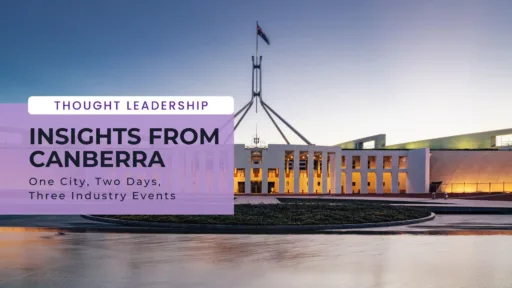More than just tarriffs
November 3, 2025
When President Trump’s distinct signature appeared on the Executive Order Delivering Most-Favoured-Nation Prescription Drug Pricing to American Patients on May 12th, Australia was among nations worldwide scrambling for further details.
Questions on how the Executive Order was going to be introduced, what measures the US administration would take to enforce it, and what it would mean for medicines access in Australia were discussed across media and parliament.
What is ‘Most-Favoured-Nation’?
The US MFN policy is designed to secure cheaper medicines for American patients by implementing a reference pricing policy where pharmaceutical companies benchmark the price of US medicines to the lowest price paid across comparable countries, including Japan, Australia, and Germany.
When issuing the Executive Order, Trump stated other high-income countries were “freeloading” off the “high” prices paid by American patients.
On paper, this price reduction sounds appealing to American patients, but America’s lack of centralised pricing negotiation means, in reality, it could prove challenging for the US market to match prices of other nations. Currently, the American market sees private insurers, pharmacy benefit managers, and federal programs negotiate medicines pricing independently with manufacturers, leading to variations in price.
Pegging medicine prices to countries like Australia, where the Pharmaceutical Benefits Scheme (PBS) is underpinned by a Health Technology framework and national negotiation models, ignores these structural pricing differences, and will make a complicated, global pricing system even more complex.
Impact on Australia
As MFN comes to fruition and drug prices in the US are benchmarked, pharmaceutical companies may choose to raise drug prices in lower comparable markets. For new medicines launches, pharma companies will, unsurprisingly, prioritise markets who are more willing to offer more value for treatments. Other countries will have to wait.
As it stands, only one in four (27%) of globally supplied new medicines are listed on the PBS. Since the introduction of MFN, there has been a further slow-down in the launch of new medicines in Australia. This is compounded by the fact that the average wait time for patients to access new medicines in Australia is 466 days, between the TGA and PBS listing. MFN is further exacerbating an already slow system with the ultimate impact felt by Australian patients who are waiting too long to access new medicines.
Instead of improving affordability and therefore accessibility of new medicines for American patients, the implementation of the US MFN policy has the potential to limit medicines access globally if supply chains cannot sustain the changes both in the US and throughout other markets.
Where to next?
If the past 6 months are an indicator of times to come, major developments can be expected. As the announcements from the Trump administration continue, so too do shifts in investment and priorities from pharmaceutical companies. Only time will tell if Trump’s MFN policy will be defined by the price of medicines, or by the sustainability of medicines access for patients in Australia, America, and across the globe.



